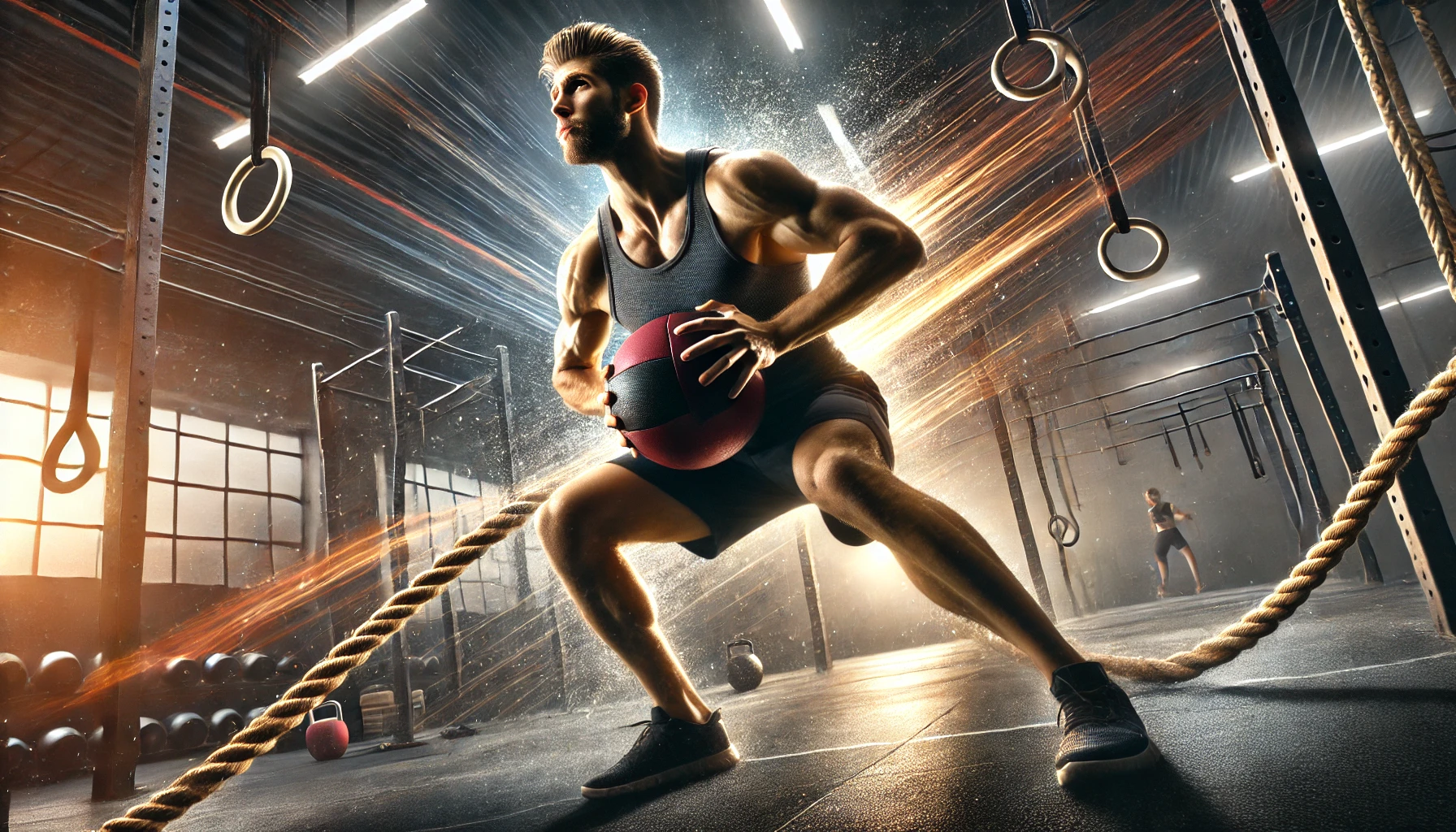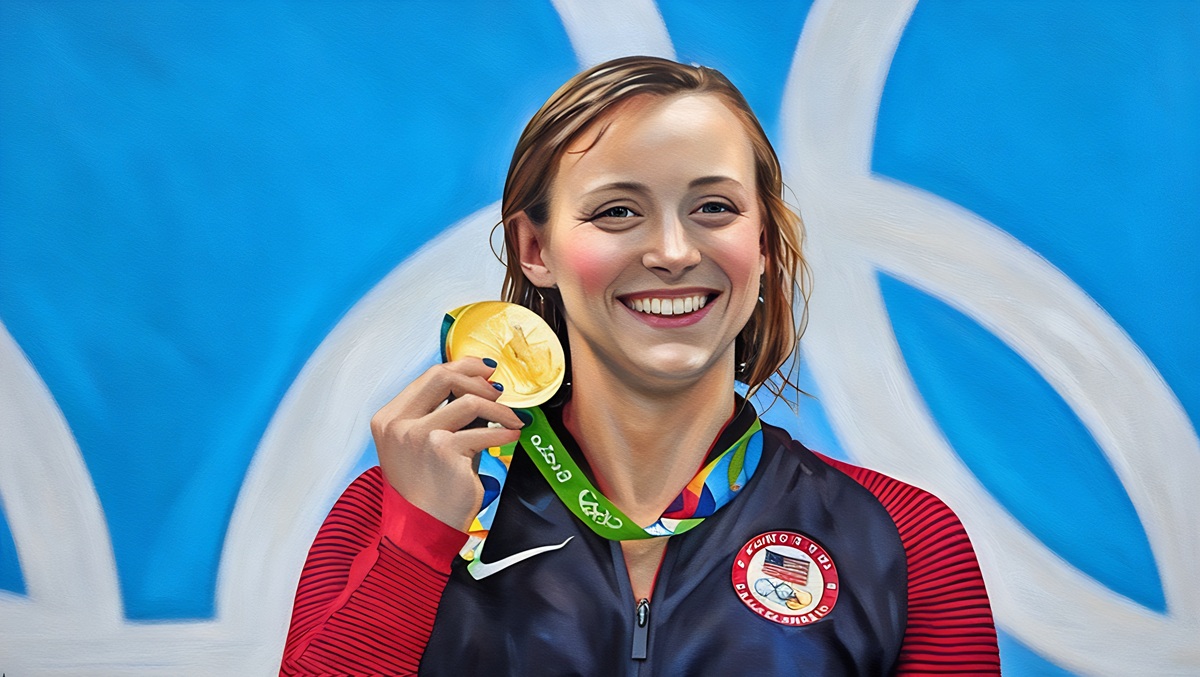Dive Into Excellence: Mastering Swimming-Specific Workouts
Swimming is a unique and powerful way to stay fit, build endurance, and develop strength. Whether you’re training for a competition, improving your overall fitness, or simply enjoying the thrill of the water, specific workouts tailored for swimming can elevate your performance in ways that generic workouts never could. If you’ve ever felt the desire to enhance your strength, speed, and endurance in the pool, this article will guide you through the most effective training techniques and workouts that will help you reach your full potential.
Why Swimming-Specific Workouts Are Essential
Swimming isn’t just an activity—it’s a full-body experience. While many forms of exercise target one area, swimming works multiple muscle groups at once, providing a comprehensive workout that builds endurance, strength, and cardiovascular health. However, for swimmers to improve their times, build power, and withstand longer distances, swimming-specific workouts are necessary. These workouts target the key muscle groups, energy systems, and techniques used in swimming, helping to refine your skills and maximize your performance in the pool.
If you want to improve your speed, build the power needed for explosive movements, and increase your overall endurance in the water, these swimming-specific workouts will give you the tools you need to achieve those goals.
Mastering Strength for Powerful Strokes
When you’re swimming, every stroke requires power and control. To build strength that translates into faster, more efficient movements in the water, you need to focus on exercises that target both your upper and lower body. Strong arms, shoulders, and legs allow you to generate more propulsion, while a solid core provides stability and endurance. But how do you develop this type of strength?
One of the best ways to improve swimming strength is by incorporating resistance training both in and out of the pool. In-water resistance exercises like swimming with paddles or fins will build specific muscle groups. Dryland exercises such as push-ups, planks, pull-ups, and squats can also help target key muscles needed for powerful swimming strokes.
Dryland exercises should mimic the movements you perform in the water. For example, performing pull-ups will target the muscles used in your freestyle stroke, while push-ups will engage the chest and arms, improving your power for the backstroke and breaststroke. Core exercises like leg raises and Russian twists should also be prioritized to build the strength required to stabilize your body in the water. When done consistently, these exercises will help you generate the power needed to cut through the water more effectively, helping you swim faster and with more strength.
Speed: Training for Quickness and Explosive Power
Speed is arguably the most desired skill for competitive swimmers. Whether you’re trying to cut down your time or aiming for that next race, training for speed should be at the core of your workouts. Building speed in the pool is about developing explosive power in your muscles and improving your stroke efficiency.
To swim faster, you need to work on the fast-twitch muscle fibers in your body. These are the muscles responsible for explosive, quick movements. Plyometric exercises like box jumps, squat jumps, and burpees will help activate these fast-twitch fibers, allowing you to generate greater power during each stroke. Additionally, high-intensity interval training (HIIT) in the pool is one of the best ways to build speed. By alternating between periods of high-intensity swimming (sprints) and low-intensity recovery, you train your body to react quickly and efficiently.
A swimmer looking to improve their speed should also focus on stroke mechanics. The key to speed isn’t just about power; it’s also about reducing drag and maximizing efficiency. In the pool, technique is everything. Whether you’re practicing freestyle, backstroke, or butterfly, ensure that your strokes are long and streamlined to minimize resistance. A streamlined body position, proper breathing, and strong, efficient kicks will help you move through the water faster with less effort.
Incorporate sprint sets into your swimming routine. Sprint sets should focus on short distances (25 to 50 meters) with maximum effort. These quick bursts of energy will help develop explosive power and speed in your swimming. As you progress, reduce your rest time between sprints to build stamina and improve your ability to recover quickly.
Endurance: Building the Ability to Go the Distance
While speed is critical for competitive swimmers, endurance is what separates the elite from the rest. Swimmers who can maintain consistent performance over longer distances have a significant advantage in both competition and fitness. Swimming is a cardiovascular exercise, meaning it’s great for building stamina, but to truly develop endurance, you need to train in a way that challenges your heart and lungs while improving your overall energy efficiency.
One effective method for building swimming endurance is through long-distance swims. These swims should be slower and more controlled, focusing on maintaining a consistent pace. Start with manageable distances and gradually increase the length of your swims over time. A great strategy is to aim for 70-80% of your maximum effort, allowing you to sustain a steady pace without overexerting yourself.
Interval training is another great way to build endurance. In this type of workout, you alternate between periods of high-intensity swimming and active recovery. For example, you might swim 100 meters at a fast pace, followed by a 30-second rest, and repeat for several sets. This type of training mimics race conditions and improves your cardiovascular system’s ability to handle higher intensity efforts for longer periods. As you become more comfortable with interval training, gradually increase the intensity and decrease the rest time to build stamina and improve your overall endurance.
In addition to distance swims and intervals, consider incorporating tempo training. This involves swimming at a slightly higher pace than your usual workout, challenging your body to maintain a faster stroke rate for longer periods. Over time, tempo training will help you maintain higher speeds and sustain your efforts throughout longer swims.
Drills to Improve Technique and Efficiency
In swimming, technique can make or break your performance. Poor form leads to inefficient movement and unnecessary drag, ultimately slowing you down. On the other hand, precise, effective technique allows you to glide through the water with minimal resistance and maximum power. That’s why practicing specific drills designed to refine your form and enhance your stroke efficiency is crucial.
One important drill for swimmers is the catch-up drill. This drill focuses on improving the underwater pull in freestyle swimming. To do the catch-up drill, start by swimming freestyle but with one arm extended forward while the other arm completes a full stroke. After the hand returns to the starting position, “catch up” by bringing the other arm forward, and repeat. This drill helps develop a longer, more efficient stroke and teaches you to glide through the water.
Another important drill for improving technique is the 3-3-3 drill. In this drill, you swim freestyle for three strokes with your right arm only, then for three strokes with your left arm, and then for three strokes using both arms. This drill isolates each arm and helps swimmers improve their individual arm technique, creating a more powerful and efficient stroke overall.
Kicking drills are essential for developing powerful legs. The flutter kick and the dolphin kick drills will help you improve your lower body strength and increase your kicking efficiency. Focus on small, rapid kicks that generate propulsion while maintaining a streamlined position in the water.
Nutrition and Recovery: Fueling Your Body for Peak Performance
Training hard in the pool is only half the battle; your body needs proper nutrition and recovery to perform at its best. The right balance of nutrients will fuel your workouts and ensure you recover properly afterward.
Before a workout, make sure you fuel your body with a balanced meal that includes carbohydrates, protein, and healthy fats. Carbohydrates are your body’s primary source of energy, so they’re especially important for endurance training. Protein is essential for muscle repair, while fats help maintain energy levels over time.
After your workout, focus on replenishing your energy stores with a post-swim recovery meal or snack. This should include both protein to repair muscle fibers and carbohydrates to replenish your glycogen stores. Staying hydrated is equally important—dehydration can lead to fatigue and decreased performance, so make sure to drink plenty of water throughout the day, especially after intense training sessions.
In addition to proper nutrition, recovery is key to maximizing your progress. After each workout, take time to stretch and cool down, focusing on releasing tight muscles and improving flexibility. Foam rolling is another great tool to aid in recovery, helping to reduce muscle soreness and improve mobility. Finally, make sure to get enough rest. Your muscles need time to recover and rebuild after intense training, so be sure to schedule rest days into your training plan.
The Champion’s Mindset: Pushing Through Plateaus
While swimming-specific workouts will undoubtedly improve your strength, speed, and endurance, the key to long-term success is mental toughness. Champions know that it’s not just about physical preparation but also about developing a winning mindset.
The journey to becoming a stronger, faster swimmer is not always smooth. You will face challenges, plateaus, and moments of frustration. The key to overcoming these obstacles is perseverance and focus. Set realistic goals, stay committed, and celebrate the small victories along the way. Remember, each training session is a step closer to achieving your ultimate swimming goals.
The Journey Never Ends: Keep Swimming Forward
Swimming-specific workouts are the foundation of any great swimmer’s training regimen. Whether you’re aiming for personal bests, training for a competition, or simply improving your fitness, focusing on strength, speed, and endurance will get you there. Keep refining your technique, stay dedicated to your goals, and always push yourself to be better than you were yesterday. The journey to becoming a champion swimmer is ongoing, and the water will always be waiting for you to dive in. So, keep swimming forward!




